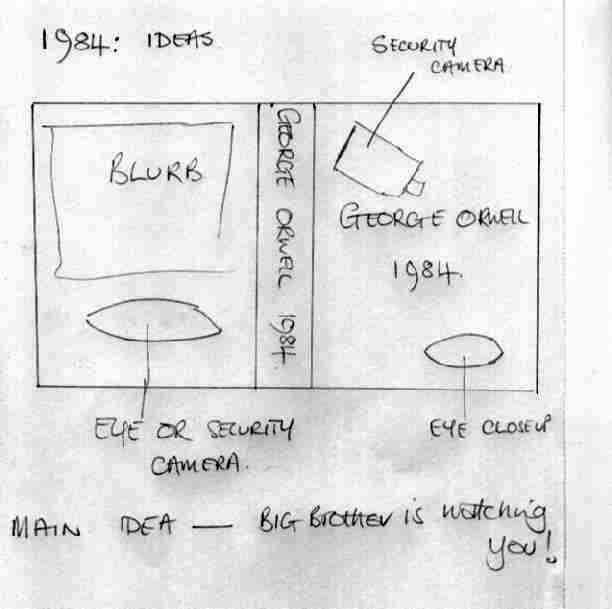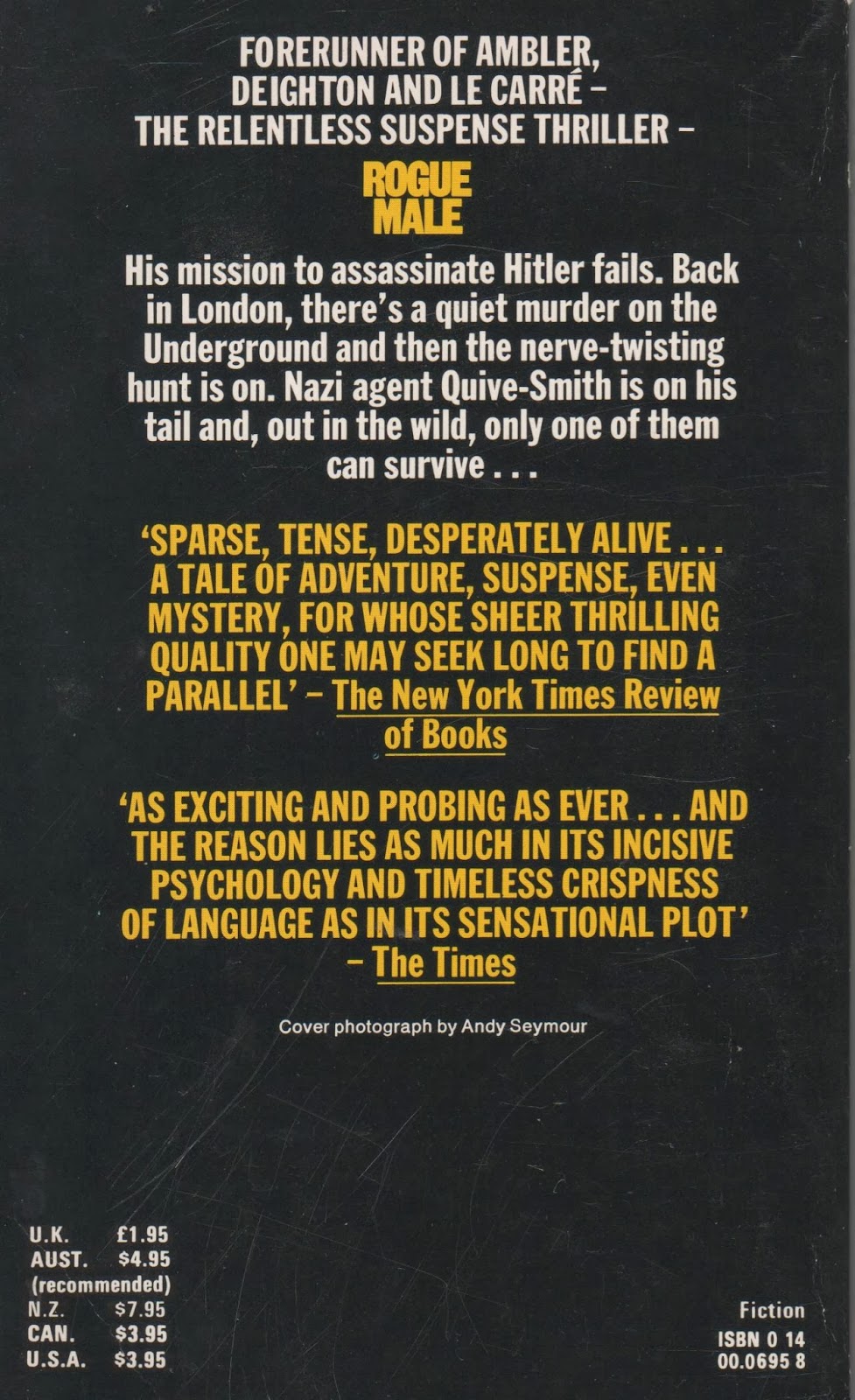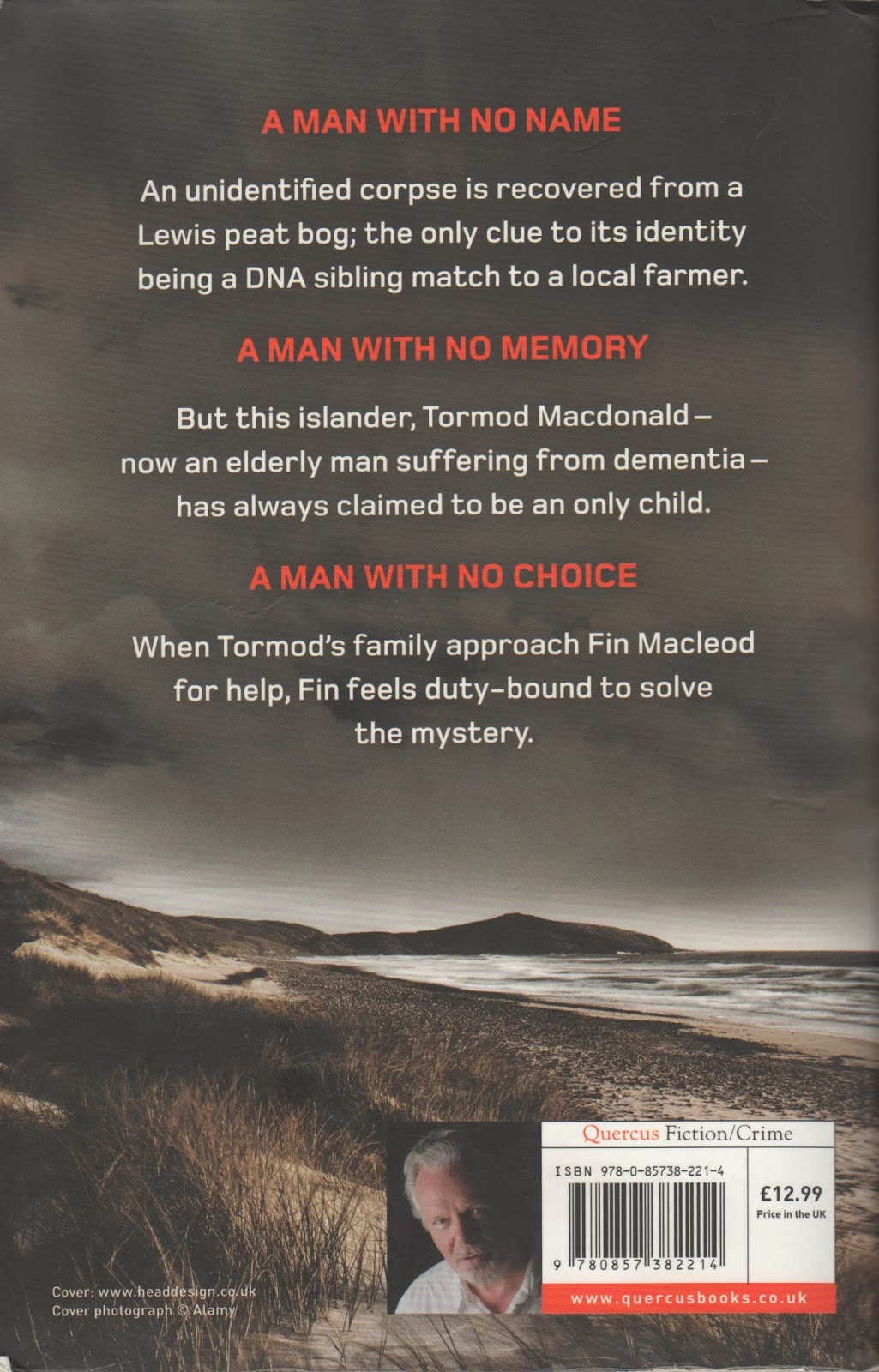The photographs in this BJP article by Colin Pantall are by Hungarian photographer Tamas Dezso who is based in Budapest and born in 1978. His website tells us that he is a fine art documentary photographer working on long-term projects focusing on the margins of society in Hungary, Romania and other parts of Eastern Europe. His work has been published in Time, National Geographic and other publications. I was fascinated by the bleakness of his images of post communist Romania. I am not normally attracted by photographs of the ugly, but I was drawn to this article, having just completed reading
'Between the Woods and the Water', the second part of a trilogy of books by celebrated war hero and travel writer, Patrick Leigh Fermor, in which he describes walking from The Hook of Holland to Constantinople in 1934 at the age of 18. In
'Between the Woods and the Water', he walks across Hungary and Romania and describes them evocatively. Although it would seem he stretched the truth, and, perhaps, wrote about events that may not have happened and visited and stayed with the landed gentry, his descriptions of Romanian life and the countryside evoke a Utopian Victorian England. Exaggerated or not, his writings describe a place of total contrast to the images of Dezso which are bleak in the extreme. Leigh Fermor wrote this travelogue in 1986 and was able to remind us, in hindsight, that in the few years after his 1934 walk, this idyllic life and landscape would undergo huge trauma and violence and become unrecognisable. This is the Romania of Dezso's images, which are part of an ongoing project begun in 2011 entitled:
Notes for an Epilogue. Communism came to an end in Romania in 1989, but its legacy remains. Full employment under the communist regime came to an end with it, but the source of that employment and enforced industrialisation: factories, mines and power stations are still there, gradually decaying and returning to nature. These images remind me of the photographs by Jitka Hanslova, which I saw in an exhibition in the National Portrait Gallery in Edinburgh a couple of years ago. Her photographs in this exhibition also depict life in a post communist world; this time in East Germany and Czech Eastern Bohemia. (My notes on this exhibition are in a previous blog; click the following link.
Jitka Hanslova.) Pantall tells us in his article in BJP that
Notes for an Epilogue is not a piece of simple nostalgia; it depicts a struggle for survival, and a society in which traditional village life was stripped away, only for the industrial, full-employment communism that replaced it to fall. The question now is simple; how do you make a living in this new world. (Pantall, 2014) The photographs show us both the decaying buildings: a sodium factory, a flooded village, a railway station, and also people stripping these buildings of metalwork in order to survive and eke out a living. Some are heart rending, such as the boy wearing a bear skin:
The Bear Dancer (Salatruc, East Romania, 2013) and an old lady looking pitifully into a mirror
Anastasia (Livada, North West Romania, 2012).
,+2012.jpg) |
| Image 1 Anastasia (Livada North West Romania), 2012 |
,+2011.jpg) |
| Image 2 Metal Scrap Collector (Near Hunedoara, West Romania), 2011 |
,+2013.jpg) |
| Image 3 Bear Dancer (Salatruc, East Romania), 2013 |
Dezso's early work comprises moody, but very moving social documentary images probably, although his website does not say, in his native Hungary. His other main body of work,
'Here, Anywhere' began in 2009 and is also ongoing. This is a similar project, but this time the focus is his native Hungary. On his website he tells us that his intention is to record the transition from the old communist regime throughout towns, cities and countryside towards, perhaps a more western society. He feels that his country 'hovers between the eastern and western worlds' (Dezso, 2014). I find that some of his images in this project are reminiscent of some of Joel Meyerowitz's work in his book
'Tuscany'. Some examples include Deer (North Hungary, 2011), Bust Stop (North East Hungary, 2011) and Gage Tree (South Hungary, 2011) in that they are landscapes which are muted in tone and colour. Interestingly, he produces his images in a square format, something I have been doing with my 'Big Stopper' work. In his biography, it states that he works as a fine art photographer; I wonder if this is the reason.
My comment:
'I am not normally attracted by the ugly' was questioned by my tutor. It reminded him of a saying by Picasso: 'the ugly may be good; the beautiful never will be'. He feels that something considered beautiful conforms to a standard taste, whereas something considered as ugly may confront our present sensibility and bring out a new one. Although, as I have said, I am not normally attracted by the ugly, my favoured photographic genre being wildlife and landscape, through discussion with my tutor I have opted for photographing something which may be considered ugly: flotsam and jetsam on the Humber Estuary for Assignment 3. I hope to show that, as Picasso suggested, the ugly can be good, if not beautiful.
Reference List
Pantall, C. (2014) No Country For Young Men.
British Journal of Photography. 161(7821)pp. 58-69
Dezso, T (2014)
Here, Anywhere [online]. Tomas Dezso Photography Website. Available from:
http://www.tamas-dezso.com/index.php?page=work&id=4
Images
1. Dezso, T (2012)
Anastasia [Photograph] [online image] Artist Website. Available from http://www.tamas-dezso.com/index.php [Accessed 13.03.2014]
2. Dezso, T. (2011)
Metal Scrap Collector [Photograph] [online image] Artist Website. Available from http://www.tamas-dezso.com/index.php [Accessed 13.03.2014]
3. Dezso, T. (2013)
The Bear Dancer [Photograph] [online image] Artist Website. Available from http://www.tamas-dezso.com/index.php [Accessed 13.03.2014]
Bibliography
Tamas Dezso Photography
Jitka Hanslova Photography
Pantall, C. (2014) No Country For Young Men.
British Journal of Photography. 161(7821)pp. 58-69
Leigh Fermor, P. (1986) Between the Woods and the Water. London: John Murray; New Edition (2004)












,+2012.jpg)
,+2011.jpg)
,+2013.jpg)



























